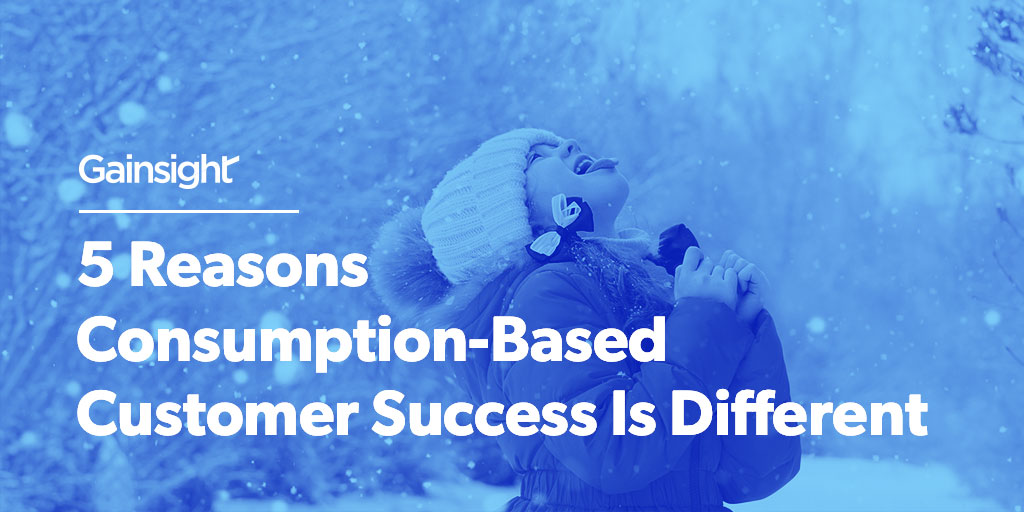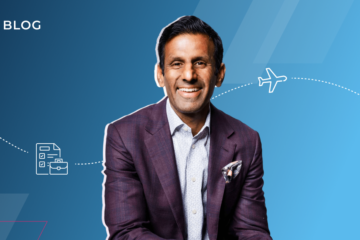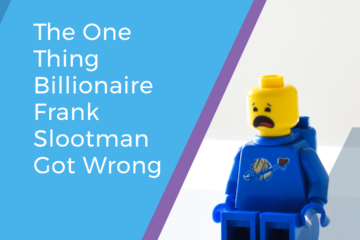5 Reasons Consumption-Based Customer Success Is Different

Every meeting I have with leaders about customer success starts pretty much the same:
“Nick, before we get started, I want to let you know that our business is a little different from most typical companies.”
The myth of the unique business model
Maybe you’ve heard this from your clients and partners as well. And it makes sense—you have the closest view of your company to see all the intricacies and idiosyncrasies. Every snowflake looks the same until you get really, really close.
On one hand, logically if every company tells you they are “different,” perhaps that means they’re more alike than they realize. After all, even if you’re “one in a million” that still means there are 7,530 people on earth exactly like you.
But on the other hand, there is truth in the small variations that make companies, like snowflakes, unique—especially because (sticking with the snowflake analogy) what makes snowflakes different are emergent properties, not inherent. The molecular makeup is the same, but tiny variances in humidity, temperature, the particle it forms around, and thousands of other variables cause the snowflake to form in unpredictable and inimitable ways. In other words, what makes your company unique—as with snowflakes—is dependent on rules and causality.
Don’t worry—we won’t get into chaos theory in this post (already did that here!). But my point is that it’s not as helpful to say that your company is unique than to understand the journey that you took to get there—and more importantly—what you can learn from companies that took similar journeys.
What is a consumption business model?
One cohort of companies whose “snowflake journey” has wildly diverged from the more mainstream customer success practices is consumption business—meaning those with business models where customers pay based upon consumption rather than subscription.
Consumption businesses show up in many forms:
- Cloud computing businesses with utility pricing like Amazon Web Services and Twilio
- Organizations that make money as a percentage of revenue like athenahealth or Brightree
- Financial tech companies like ACI and Stripe that make money off of transaction fees
- Advertising technology businesses like Google and Facebook
I’ve also seen unconventional-but-intriguing structures like ResMed’s (connected medical devices) where values are tied to the patient’s adherence to their care plan. Indeed, even contracted businesses like Mindbody Online and Coupa are increasingly adding consumption-based add-ons (e.g., payments) to their pricing models.
As I’ve met with hundreds of organizations in consumption-based models, I’ve found five differences in the way they look at customer success.
1. There is no renewal—or if there is, it’s a non-event.
“Traditional” SaaS companies make a large percentage of their money through committed contracts. As such, a pivotal moment in these subscription businesses is the renewal. Many customer success activities are orchestrated to lead the client down a path to a smooth renewal.
By contrast, products from companies like Amazon Web Services generate the majority of their revenue from pure “usage-based” pricing. While they may have some contracts for larger clients, a large percentage of revenue comes from a model akin to a taxi meter.
Without a contract renewal, consumption-based businesses have to think about the customer lifecycle differently. In a way, every day, minute or even transaction is a chance for a client to “renew” or not.
That doesn’t always mean consumption, and therefore revenue, will go up and down unpredictably. For some consumption-based businesses, diverging from the amount of consumption you’ve forecasted or you expect can lead to a repricing event, which can be as tricky as a renewal—only you might not have the process or data in place (like a pureplay SaaS company would for a renewal) to take proactive action.
2. The line between Sales and Customer Success is less clear.
In a contracted business, there is often a clear line between the Sales and Customer Success organizations. The Sales Rep closes the deal, rings the “gong,” and heads to Hawaii. The Customer Success person then has to drive the customer to value and renewal.
In a consumption based business, the company doesn’t make any money until the customer uses the product or service. As such, there is no Sales without Customer Success. In many cases, Account Executives in Sales only get paid based upon customer consumption.
Because of this, we see much tighter collaboration between Sales and CS in these companies. In some cases, CS and Sales report into tightly aligned “pods” or regions versus being siloed organizations. Similarly, CS and Sales are often on aligned compensation plans in this model.
For example, our customer VMware aligned their Sales and CS teams together in an integrated structure.
3. The CS role is often more product-oriented in a consumption-based business.
Given that the Sales Rep often stays engaged post-“sale,” the CS role needs to be very clear in a consumption-based business.
Many companies in consumption-oriented models have opted to choose CSMs who are more product-oriented or technical.
For example, Microsoft uses Customer Success Architects (CSAs) to drive consumption of their Azure cloud service.
4. Trending can be complicated.
For many consumption businesses, part of the value to customers is you can use it when you want and stop when you don’t need it.
As such, it’s challenging for companies to figure out what “healthy usage” is. If a customer consumes, stops and then consumes again, did they churn and come back? If usage drops 50% month-over-month, is that bad or is it because the holiday shopping season is over, say, for an e-commerce company?
Consumption-oriented CSMs need to deeply understand their clients’ businesses to model what “good” versus “bad” is. Many consumption companies I’ve talked to have incredibly rigorous benchmarking in place to help them create these models.
5. Customer success is existential.
In contracted businesses, an all-too-common question from CFOs is, “What happens if we don’t have customer success? What value do they add?”
To be fair, we’re seeing more and more contracted companies “get it” and go from customer success to customer growth, but consumption models have never had that luxury to begin with. Without consumption, they don’t make money. As such, we find that the CS concept is more clearly understood to be the core of these companies’ business models.
That said, I think the difference here between contract and consumption is perhaps less existential than it is visible. What I mean is that it’s very easy to draw a straight line between the success of your customers and the money in your pocket in consumption models. You can articulate the value.
Customer success leaders have had less trouble driving similar value than they’ve had articulating it. That’s changing! I’m seeing more contracted businesses tying their customer success investments directly to growth in their budgeting processes.
—
So what can we learn from the journey that consumption-based customer success has taken? Let’s imagine a universe in which adoption—one of the key focus areas for many CSMs—had a clear push-button relationship to revenue; you increase adoption n points, you increase revenue n¹ points. There’s not a straight line for contract-based business—the relationship is buried in several layers of abstraction.
That doesn’t mean the relationship between customer success and revenue is any weaker in SaaS, for example, it just means you have to work a bit harder to prove that relationship, both to your customers and to your investors.



